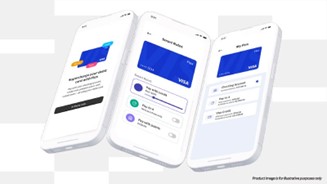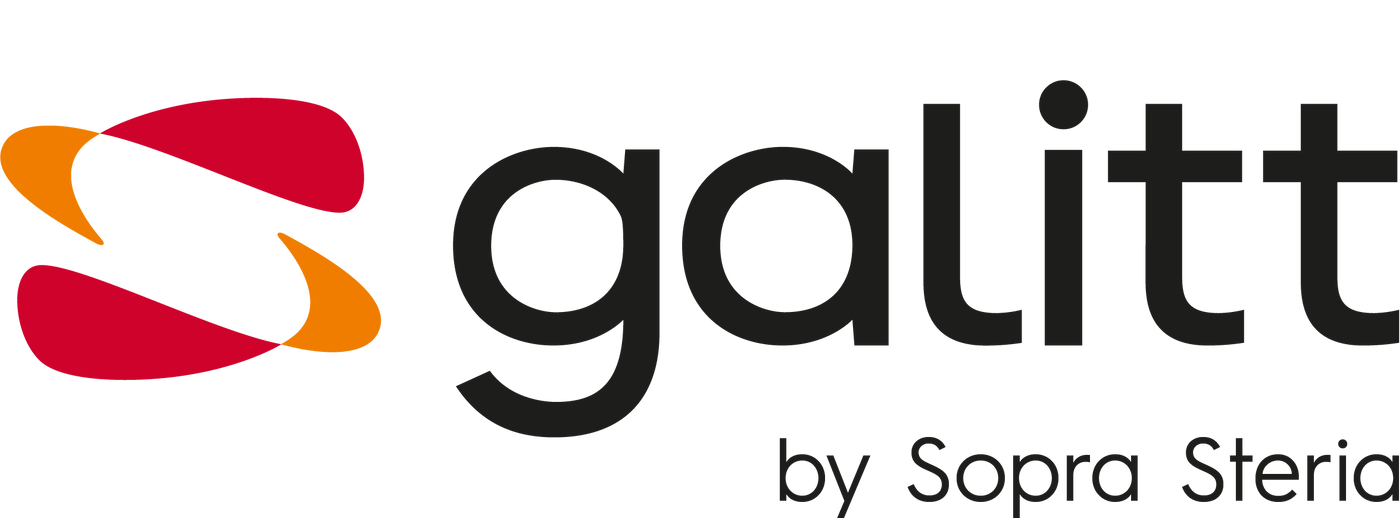Visa unveils several new features, including Visa Flexible Credential

Visa has announced its new feature, Visa Flexible Credential, which aims to reinvent the use of payment cards by allowing users to choose from different sources of finance during a transaction. The solution, which is currently in a pilot phase, is part of a wider programme of new product launches aimed primarily at strengthening Visa's presence in the digital payments era.
FACTS
-
Last week, Visa announced the arrival of a number of new payment card features.
-
These include Visa Flexible Credential, an innovation that is already operational in several pilot markets.
-
The aim of the solution is to transform a Visa payment card into a credential enabling seamless access to other sources of supply, instead of just the account linked to the card.
-
In particular, Visa is considering a typical use case (where a Visa cardholder wants to pay for shopping, for example), revealing the practical aspect of its solution. For example
-
A Visa cardholder arrives at the checkout, prepares to pay and realises that there is not enough money in his current account to pay for his shopping.
-
At the same time, he identifies another source of funds, via another of his accounts that has the necessary amount.
-
He then connects to his issuing bank's account and exchanges sources of funding, using his Visa card as an identifier to instantly tap into an account with the available balance.
-
The cardholder can then make the payment without the risk of having their purchases refused.
-
-
The solution can be used to withdraw cash from current accounts, loyalty accounts, prepaid debits or instalments.
-
Visa makes its solution possible from its acceptance infrastructure by capturing and routing transactions according to customer preferences.
-
According to Visa, the pilot phases have already processed $3 billion in transactions.
-
Visa Flexible Credential is online in Asia and will soon be available in the United States. It will then be rolled out progressively in other regions of the world.
CHALLENGES
-
One card, several sources of finance: A study carried out by Visa in 2022 revealed that more than half of users wanted to be able to access several accounts via a single identifier. With this in mind, the American network wants to move away from a "one card, one funding source" approach, and sees its solution as a way of reducing the number of cards in wallets by centralising access to accounts via a single card.
-
A product integrated into a global innovation strategy: Visa sees the payments market evolving towards a reduction in the use of cards, and is trying to adapt by offering innovative products that promote ease of use and security. In addition to Visa Flexible Credential, the American scheme is planning to launch Visa Payment Passkey Service, an access key based on FIDO standards that enables online payments to be made instantly using facial recognition or fingerprint identification.
-
Finding a place in emerging solutions: Visa has also reiterated its commitment to alternatives to the payment card. The scheme seems to want to extend its services to these emerging solutions to take advantage of their expansion and anticipate a potential decline in card use.
-
Since acquiring Tink, Visa has continued to develop open banking in the US, offering Pay by Bank via Visa Open Banking Solutions.
-
On the security front, the scheme has announced the integration of Visa Payment Passkey Service into Click to Pay, offering strong security and a seamless experience.
-
The scheme is also continuing to develop Visa Protect to combat fraud in A2A (account-to-account) payments.
-
With payment data representing a major asset, Visa will also be offering cardholders the opportunity to share their data with merchants to receive personalised offers.
-
MARKET PERSPECTIVE
-
Visa reiterates its commitment to security and innovation. The company explains, for example, that today 29% of all its transactions are tokenised, testifying to the widespread adoption of this technology. With this in mind, Visa now wants to put AI at the heart of payments by making the most of this technology in terms of security and ease of use for users.
